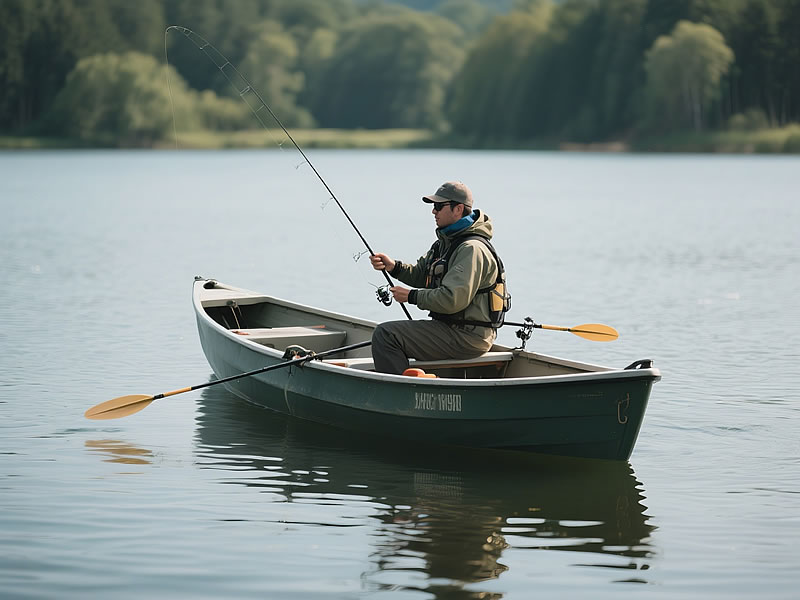How to Choose the Perfect Electric Trolling Motor for Your Boat
A high-quality electric trolling motor can transform your fishing experience, offering quiet operation, precise boat control, and extended battery life. But with so many options available—different thrust ratings, mounting styles, and advanced features—how do you pick the best trolling motor for your boat?
In this guide, we’ll break down the key factors to consider when selecting an electric trolling motor, ensuring you make an informed decision for smoother, more efficient fishing trips.

1. Determine the Right Thrust (Power)
Thrust (measured in pounds, lb) determines how effectively the motor can push your boat. The general rule:
- Small boats (kayaks, canoes, jon boats under 16ft): 30-40 lb thrust (12V system)
- Medium boats (16-20ft bass boats, aluminum fishing boats): 50-55 lb thrust (12V or 24V)
- Large boats (20ft+ pontoons, deep-V hulls): 70+ lb thrust (24V or 36V)
💡 Pro Tip: For rough water or heavy loads, add 10-20% extra thrust to ensure optimal performance.
2. Choose the Best Mounting Style
Bow Mount Trolling Motors
✅ Best for: Precision fishing, hands-free control (foot pedal or wireless)
✅ Pros: Better maneuverability, ideal for spot-locking and slow trolling
❌ Cons: More complex installation
Transom Mount Trolling Motors
✅ Best for: Small boats, simple setup, budget-friendly
✅ Pros: Easy to install, great for casual anglers
❌ Cons: Less precise steering
Engine-Mount (Clamp-On) Motors
✅ Best for: Supplemental power on larger boats
✅ Pros: No permanent installation needed
❌ Cons: Limited thrust, not ideal for heavy use
3. Select the Correct Shaft Length
A too-short shaft causes cavitation (propeller lifting out of water), while a too-long shaft creates drag. Measure from the mounting point to the waterline:
- Kayaks & small boats: 30-36" shaft
- Medium fishing boats: 42-52" shaft
- Deep-V or pontoon boats: 54-60" shaft
4. Battery & Voltage Considerations
- 12V systems → Good for small boats (30-55 lb thrust)
- 24V systems → Better for medium boats (55-80 lb thrust)
- 36V systems → Best for large boats (80+ lb thrust)
🔋 Battery Tip: Lithium batteries last longer and weigh less than lead-acid but cost more upfront.
5. Saltwater vs. Freshwater Motors
- Saltwater motors have corrosion-resistant materials (stainless steel, sealed electronics).
- Freshwater motors are more affordable but won’t last in saltwater.
6. Advanced Features to Consider
✔ GPS & Spot-Lock – Holds your boat in place automatically (great for drift fishing).
✔ Wireless Control – Operate via remote or foot pedal for convenience.
✔ Variable Speed & Digital Steering – Smother adjustments for stealthy fishing.
Final Checklist Before Buying
🔹 Match thrust to boat size & weight
🔹 Choose bow or transom mount based on fishing style
🔹 Measure shaft length correctly
🔹 Pick the right voltage (12V/24V/36V)
🔹 Saltwater? Get a corrosion-resistant model
🔹 Consider GPS & wireless features if needed
Conclusion
Choosing the best electric trolling motor depends on boat size, fishing style, and budget. Whether you need a simple transom motor for casual fishing or a GPS-enabled bow mount for tournament angling, this guide helps you make the right choice.
Ready to upgrade? Check out our top-rated trolling motors for 2025!






